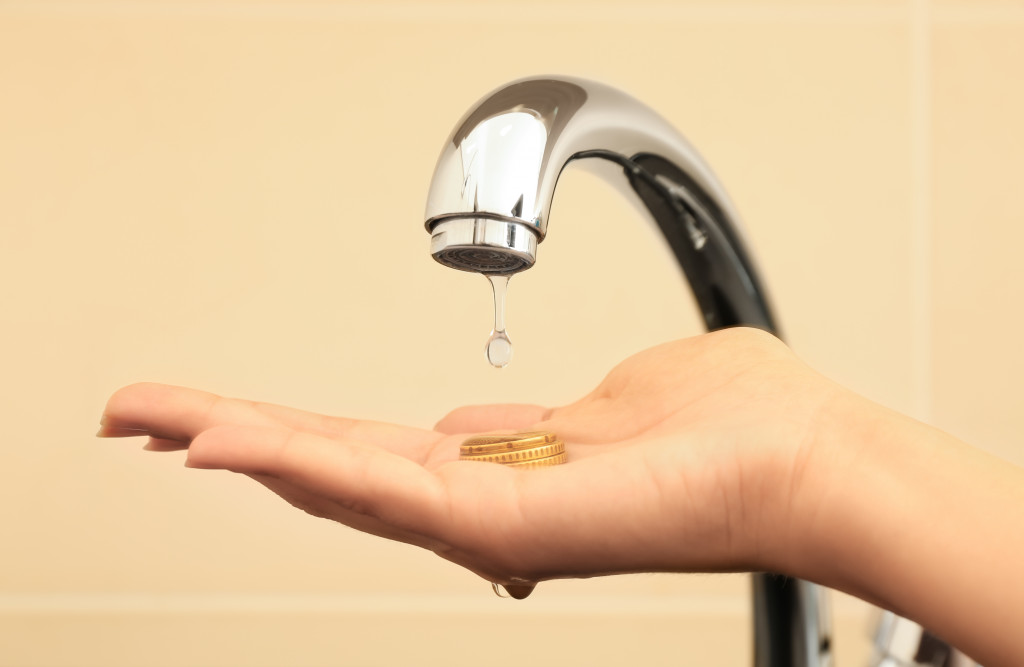- Access to clean, safe drinking water is essential for everyone and is linked to health, safety, and economic well-being.
- Over 844,000 deaths annually are caused by consuming contaminated water.
- Identifying dirty water sources at home is essential to determine risks and the best treatment solutions.
- Coordinating with local water authorities can help identify the leading cause of the issue and offer advice on treatment options.
- Professional help can also be sought when dealing with dirty water at home, such as intelligent pigging or pipe fitters.
Water is a life-sustaining resource. Access to clean, safe drinking water is essential for everyone and impacts people’s health, safety, and economic well-being. Unfortunately, many households worldwide do not have access to clean water due to various factors such as poor infrastructure or natural catastrophes.
According to the World Health Organization (WHO), 1 in 3 people cannot access safe drinking water at home. This lack of access leads to over 844,000 deaths yearly due to illnesses caused by drinking contaminated or dirty water. This reality is especially acute in lower-income countries where nearly half the population lives without clean water.
Having access to clean water at home can also help reduce poverty levels and promote better hygiene standards, improving overall health outcomes for all household members. Clean water can also benefit those who cannot afford medical care as it helps prevent simple illnesses that contaminated drinking sources can cause.
However, you might notice that your home has dirty water, making it necessary to take action. Here are a few tips to help you.
Identify the Source

The first step in dealing with dirty water at home is to identify the source. This is an important task that should not be overlooked as it can help determine the extent of the problem and the best solutions for treating it. Assessing any risks associated with drinking contaminated water is also essential.
Familiar sources of dirt water include broken pipes, cracked or corroded wells, sewage backups, and leaks from septic systems. Other possible sources could be chemical spills or runoff from nearby industries or agricultural areas. By identifying the source, you will better understand how to address the issue and ensure safe drinking water for your home’s occupants.
In cases where dirty water has been identified due to natural disasters such as floods or hurricanes, it is essential to take extra caution when assessing the situation and contact authorities if necessary. It is also best to get professional assistance whenever needed since these cases can become more complicated than expected. It is always best practice to take all necessary actions to ensure that clean drinking water is available at all times in your home.
Coordinate with the Local Water Authority
Another important step when dealing with dirty water at home is to coordinate with your local water authority. These organizations can help identify the leading cause of the issue and offer advice on how to treat contaminated drinking water. They may also provide access to water testing services which can help pinpoint any potential threats promptly.
In some cases, you might need to install additional equipment, such as filters or pumps, to ensure safe drinking water for everyone. The costs associated with these measures will depend on the complexity of the situation and what type of solutions are needed.
Here’s how you can contact your local water authority:
Online Request
Most local water authorities have an online request form for residents to submit inquiries. This is the quickest way to contact them and get a response within a few days.
Telephone/Email
You can also contact your local water authority directly via telephone or email. Ensure to provide as much detail as possible when submitting the inquiry so that they can adequately assess the situation and offer appropriate advice.
In-Person Visit
You can always visit your local water authority to discuss any potential issues regarding dirty water at home. This will allow them to gain a more detailed picture of the problem and suggest suitable solutions.
Social Media
Most local water authorities have accounts on social media networks such as Twitter and Facebook, which you can follow to stay up-to-date with any info regarding water safety. This is an excellent way of getting quick updates about changes in drinking water quality or regulations.
Seek Professional Help

In some cases, seeking professional help to address the issue might be necessary. Professional plumbers or pipe fitters can help identify any potential sources of dirty water in your home and suggest suitable solutions.
In addition, specialized companies that offer intelligent pigging can also prove helpful when dealing with dirty water at home. This technique helps detect corrosion, cracks, leaks, blockages, and other issues within pipelines more accurately than traditional methods.
Finally, remember that regular maintenance can help prevent the accumulation of dirt and bacteria in pipes which could lead to a decreased quality of drinking water in your home over time. Keeping an eye on potential issues related to dirty water at home should be a priority for everyone, as it can help improve the quality of life for all family members.
Final Thoughts
If you suspect you have dirty water at home, do not hesitate to contact your local water authority and seek professional help. Taking an active role in assessing the situation and seeking reliable advice are critical steps toward ensuring safe drinking water in your home. With these tips, you can address any potential issues related to dirty water quickly and effectively.

